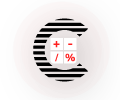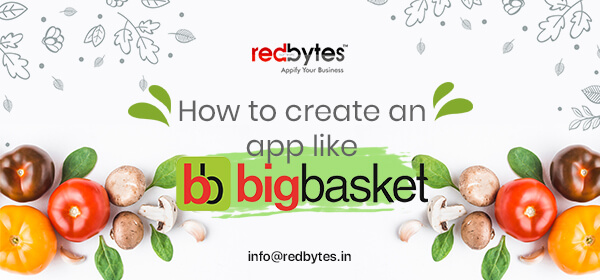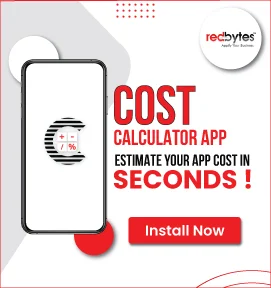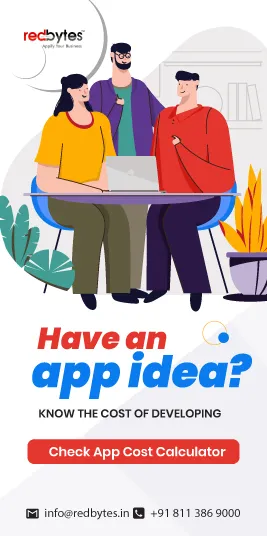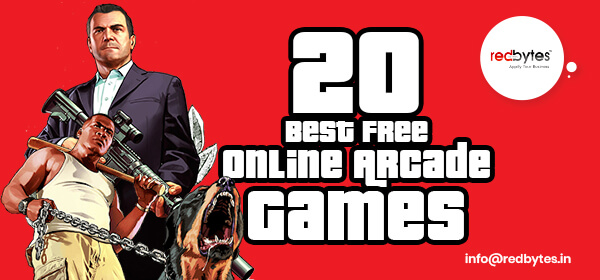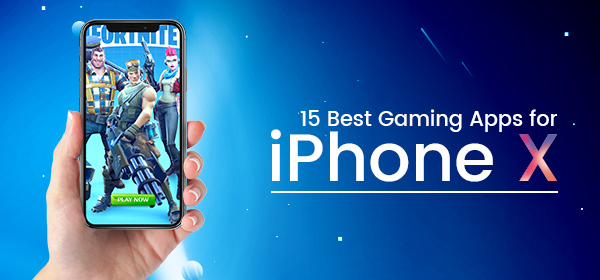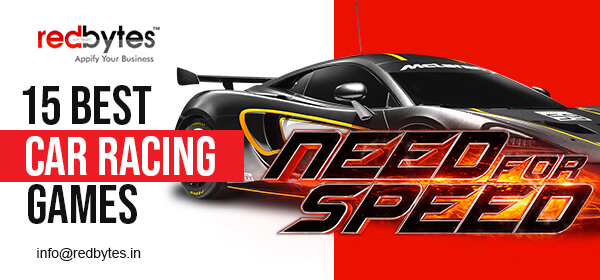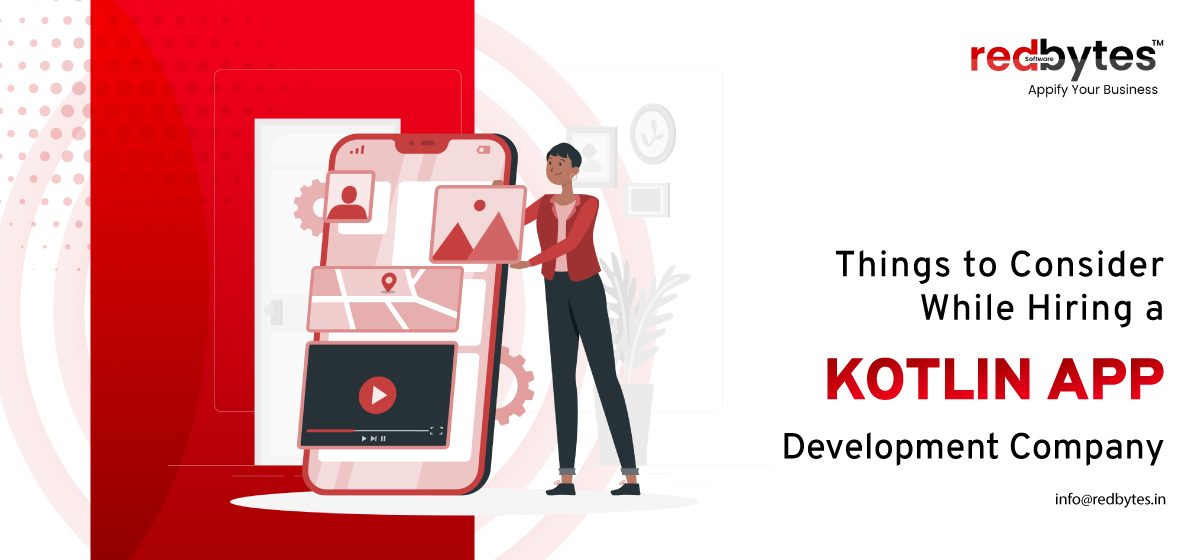During the recent lockdown phases, there has been a surge in the usage of mobile apps for grocery. With the concept of social distancing sinking in, more and more people are ready to let go of the trolley at the department store and choose contactless home delivery options.
Numbers speak for themselves. Statistics indicate that approximately 48% of people are actively purchasing grocery using mobile applications of which only one-fifth are aged between 25 and 34 years. This highlights the fact that the trend is no longer limited to the youth.
Let’s see how to create your own grocery app like BigBasket and its overall app development budget.
The BigBasket Story

Founded in December 2011, BigBasket is already an established market leader in the online grocery space. With a portfolio of over 12,000 products and partnerships with 1000+brands, BigBasket offers its customer the convenience of next day delivery with 99.3% on-time conveyance, 99.5% request fill rate.
Plus, the client gets a guaranteed refund on damaged or returned products on the app’s dedicated wallet.
Analyse the Market
While you are trying to figure out the idea for your grocery app and how it is going to appeal to your target audience in reference to the overall product value, it is also important to assess the market simultaneously. Answering these key questions can help you get going.
- Can you find grocery apps built on similar lines in the market?
- Can you identify your target audience and their location?
- Have you thought of unique features and functionalities that can set your app apart from your immediate competition?
- Do you know who your competition is, and have you done a SWAT analysis on each one of them?
- Do you know if your competitor’s products are better than yours?
Decide On The Type of Grocery App
You can create various types of Grocery app like BigBasket. Each type fulfills a different purpose. The apps can be classified in these four categories.
#1. Aggregators
The most common type of grocery apps fall into the Aggregator category. This basically works as a common platform for grocery stores that are physically located close to your address.
The app lists the products that are only available at this select list of stores. User can add the products to the shopping cart and make the payment via their convenient method on checkout.
The store confirms the order which can be tracked in real-time until it is delivered to the given address.
#2. Marketplace
This is on-demand grocery app that is quite similar to the aggregator format. The main difference is the platform employs its own team of delivery executives who picks up the product from the store and delivers it to the indicated user location.
#3. Single Store
This type of app is like a virtual store – your one stop shop for all your grocery needs. Be it updating the menu or delivering the goods to the customers and collecting payment, everything is taken care of on the app’s platform.
#4. Grocery Chains
Many big short grocery retailers create mobile app as part of their extended on-demand delivery solution like BigBasket. It is a reflecting of bringing the SKUs of the physical store accessible conveniently anywhere, anytime.
#5. eCommerce Grocery Apps
Apps like BigBasket are purely eCommerce grocery platforms that users can access to purchase their essential daily products, plus a lot more. The work on a warehouse model and do not have any brick and mortar stores at all.
Essential Features of Grocery App like BigBasket

There is really limited scope to create an on-demand grocery delivery app like BigBasket. The smart route to take for any new venture in this space is to evaluate the idea thoroughly and zero in on a unique proposition.
Developing the application without delving into adequate research may result in wastage of time and resources.
At this stage, it is best to go with an MVP or a minimum viable product for your grocery app. This allows you to deploy the app with the basic list of must-have features and functionalities and build on it as your user base keeps growing.
An on-demand grocery app like BigBasket is generally divided into three parts:
- User Panel
- Admin Panel
- Delivery Panel
Essential Features for the User Panel:
#1. Registration
This is a standard feature just like any other application where users are allowed to shop. Creating an account is easy with a unique mobile number / email id and a password combination.
Additionally, mobile applications allow users to register with their social media profiles or Google ids too.
This is quickly becoming a popular feature since users do not have to remember an additional username and password to log-in to the application every time they wish to browse.
#2. User Profile Identification Factors
When you create your user profile on the grocery app like BigBasket, there are certain hygiene factors that help in ascertaining user identification. These parameters include:
- Email and phone number verification
- Forgot password
Both of these features must be present on the application to ensure user’s account security.
#3. Customer Customization
Your app user needs to build a profile post account creation and registration. This typically includes generic details such as:
- Location of the customer
- Address
- Age
- Interests
This helps you create a data driven customer persona depending on which algorithms can be developed to recommend relevant products to the customer when they start browsing on the platform.
#4. Listing of Products
In an on-demand grocery application, product listing is one of the most important features. How you design the presenting and the backend support, the speed at which the lists of products can be browsed or searched can make or break your application.
Along with the front end and back end, you also need to concentrate on integrating product pages with a keyword enriched description and attractive visuals that adequately showcases the product.
#5. Search and Browse Products
The search bar adds more convenience to a grocery application. Users can select products by category, brand name, type, etc.
#6. Navigational Menu
The navigational menu on a mobile application must be concise. It should clearly demarcate categories and sub-categories that help the user look up products that they wish to add to the cart.
#7. Add to Cart
When the user chooses a product, a one-click action adds it to the shopping cart. You can also select the quantity of the individual product that you wish to buy.
This builds up the shopping cart which again is editable. Before making the final payment on checkout, you can go through the list carefully and make any amendments to the same.
#8. Smart Basket
Users who frequently shop on the grocery app can also access a functionality called the smart basket.
The app analyses what the user purchases most of the time and then create this basket for the user to access at his or her convenience.
Not only does this feature add a lot of convenience, but also save a lot of unnecessary time searching and browsing products.
Read Also : 15 Best Online Grocery Shopping Apps 2020
#9. Scheduling the Delivery
On checkout, prior to selecting the payment type, the app should allow the user to schedule the delivery at their preferred time and date. Generally, this includes listing up to 4 or 5 available dates with 3 to 4 time slots in a day.
The common fields on this page are:
- Time for delivery
- Express or Priority Delivery
- Slots for pick up time
#10. Payment Gateway
On-demand grocery applications must integrate with a secure trustworthy and quick payment gateway that users can access to make their payment.
Top options include:
- Debit card
- Credit card
- PayPal
- Paytm or any other e-wallet
The application can also facilitate the users with the COD option.
#11. In-app Wallet
Other than the standard payment gateways, grocery apps can develop their own in-app wallet. Users can be incentivised to use this feature if the platform offers them cashback offers on adding funds to the account.
Plus, if the user claims a refund, getting it directly on the in-app wallet is possibly the fastest route. The funds can always be redeemed against future purchases.
#12. Order Tracking
The Order Tracking functionality can be embedded with the help of GPS. For a grocery app, this is a vital feature. Being able to track order delivery in real-time helps the user to ensure that there is someone available at the given address to accept the order.
Plus, you can make this feature more comprehensive by adding information like:
- Tracking of the delivery man
- Contact information of the delivery man
#13. Edit or Cancellation of the Order
Grocery apps today allow users to edit the shopping cart or cancel the order even after the payment has been made and the order list has been confirmed. This allows users more flexibility.
#14. Offers & Discounts
Your users will remain loyal to your grocery app depending on competitive product pricing along with innovative offers and attractive discounts.
Those who purchase frequently on the app should be rewarded regularly. All of this can be configured with the Offers and Discount section on the application.
#15. Push Notifications
To update your customers on best offers and discounts, attractive coupons, etc. incorporating a push notification feature on the grocery application is pretty much standard these days.
#16. Smart Notification
AI powered smart notification can be an add-on to the push notification feature. The app gathers volumes of data on user behaviour through constant monitoring and tracking parameters such as products purchased, search history, and more.
In case the user forgets to add an essential item to the cart, the smart notification functions instantly send a reminder prior to completing the checkout and payment.
#17. Ratings and Reviews
With every completed delivery, the app should prompt the user to leave a rating and review. Not only does it help the business keep a strict track of the performance of the delivery executives but also monitors how the application is faring overall.
#18. Loyalty Program
Loyalty programs are an important feature of on-demand grocery apps today. To ensure that you retain your customers long-term, designing a dedicated system that rewards your patrons can help in rope in regular business from them.
#19. Customer Support
On-demand grocery applications must be supported by a robust customer support feature. These include:
- 24×7 online chat options
- Phone
- Email
Live chat or in-app chat functionality makes it convenient for customers to instantly communicate without having to leave the app platform. Queries, too, can be resolved much more quickly which in turn impacts customer satisfaction.

Essential Features for the Admin Panel
Dashboard: The app administrator needs to access a dashboard that gives a 360 degree overview of all key activities being executed, tracked and monitored on the app’s platform.
#1. Inventory Management
A key feature of the Admin Panel is Inventory Management where the back office can keep a track of various parameters like:
- Different inventory levels
- Orders
- Sales
- Stocks of products
- Deliveries
The feature can be used for complementary functions like word order creation, generating a bill of materials and documents for production.
#2. Assigning the Orders
The admin can assign a task directly to the delivery executive via the admin panel once the order has been placed by the customer and confirmed by the app’s platform.
#3. Manage Store
Another feature that is important on the admin dashboard is the operational panel. It facilitates tracking and monitoring of the order being received, replenishing stocks which are out of stock or may go out of stock, etc.
#4. Real-time Analytics
Grocery apps need to have strong analytics functionality integrated to monitor customers. The volumes of data generated help to extract key insights and produce reports whenever necessary.
Essential Features for the Delivery Panel
#1. Geo-Location Services
Delivery executives have a geo location feature on their version of the application. This allows them to detect customer locations and make deliveries within the given time slots.
#2. In-app Chat or Calling
Delivery executives can get in touch via chat or call with the customer if they are unable to find the delivery address especially if the GPS system is not functioning due to network connectivity issues.
#3. Accept or Reject the Delivery Request
The delivery executive has the option to accept or reject the delivery request as per their availability and convenience.
#4. Delivery Notification
The admin receives a confirmation from the delivery executive once the order has been delivered to the given address.
Read Also : 20 Best Reselling Apps 2020
Developing the Best Fit Model for Your Grocery App
With the feature list out of the way, you need to sit with your development team and have a good think on the kind of model that will fit in with your on-demand grocery delivery application the best. Your top three choices are:
#1. Warehouse based model
The majority of first-time entrepreneurs in this space are going with warehouse based model. Typically, this involves having a dedicated storage space, a fleet of refrigerated vans, a mechanised distribution centre that can stock thousands of SKUs, etc.
Plus, you need to factor in a 24-hour conveyance offering too. Overall, this is an expensive proposition.
#2. Dark Stores
These are basically small distribution centres that employ dedicated staff known as ‘pickers’ who collect order requests which are then passed onto the conveyance drivers.
This model has less downtime and ensures faster product delivery to the end user. Moreover, the stock is more streamlined depending on the demand that is generated.
You can do away with costly real estate here which is in stark contrast to the warehouse based model.
#3. Ship from Store
Once the order is received by the grocery application, it is directed to the nearest local store in accordance with the customer’s delivery address. This is the most economical operations model for grocery application as you do not need to rent huge real estate nor do you have to stock any products.
Select Your Technology Stack
To create an app like BigBasket, you need to have a solid technology stack to back your front end and back end operations. You can be guided by this recommendation:
- App Platforms: Android, iOS, Web App
- Back-end: Python, Node.js, .Net, Java
- 3rd Party Apps: Google Map
- Push Notifications: Twilio, APN, Firebase
- SMS, Voice, and Phone Verification: Nexmo, Twilio, Sinch
- Payments: Braintree & PayPal, Stripe, E-Wallets
- For everything Related to emails: Mandrill
- Database: MongoDB, Cassandra
- Cloud Environment: AWS
- Real-Time Analytics: Apache Flink, Spark Streaming
- Traffic Analytics: Google Analytics, Flurry, App Annie, Appsee
Grocery Delivery App Development Team Structure
You need a team of expert and experienced professional developers to develop and deliver a successful on-demand grocery delivery application. The ideal team structure will consist of:
- Project Manager: 1
- Business Analyst: 1
- App developers (Android, IOS): 2 to 4
- Back-end developer: 1
- UI/UX designers: 1 to 2
- QA engineer: 1
- Delivery Manager: 1
- Database manager: 1
- System administrator: 1
How Much Does it Cost to Create an App Like BigBasket ?
With the features, model, tech stack and team structure finalised, you need to arrive at a cost estimate of your grocery development app. The factors that will determine part of the expenses are:
- The complexity of the app including features and functionality
- Choice of developers, hours involved in the developed
- Tech stack, type of app model
Considering the feature list, tech stack, app model that we’ve discussed, simple to medium complex grocery delivery app will cost anywhere from $10,000 to $30,000. An app with a sophisticated set of features, tailor-made software, can be budgeted from $100,000 to $300,000.
The average number of hours that the development process can involve is as given below:
| Development Stage |
Hours |
| Discovery |
80+ |
| Idea validation |
40+ |
| Visual prototyping |
60 |
| Design for Android & iOS platforms |
130–190 |
| iOS development |
600–800 |
| Android development |
500–800 |
| Backend development |
300+ |
| Admin panel development |
60 |
Total time that the project can take up appears to be between 1770 and 2330+ hours. Take into consideration the hourly rates of development teams located in different regions of the globe.
- US based developers: $50 to $250 per hour
- Eastern Europe based developers: $30 to $150 per hour
- South Asia based developers: $10 to $80 per hour
Therefore, if you wish to create the BigBasket app in South Asia, it will cost you around $17,700 whereas if you opt for developers in the US, you are looking at an outlay of at least $88,5000.
Read Also : How to hire an App Developer in 2020
Summing up
No doubt, the on-demand grocery app space looks like a promising industry at the moment. The prospects are bright and if you play your cards right, you can make a killing in a short period of time.

To create an app like BigBasket is understandably a complex process. You need the backing of the best team of developers that you can budget for to get an app delivered which is highly scalable.
Therefore, make sure you partner with the right service provider who has the specialist knowledge of the domain, the IT infrastructure as well as friendly and experienced team to create the app that is destined to succeed.


